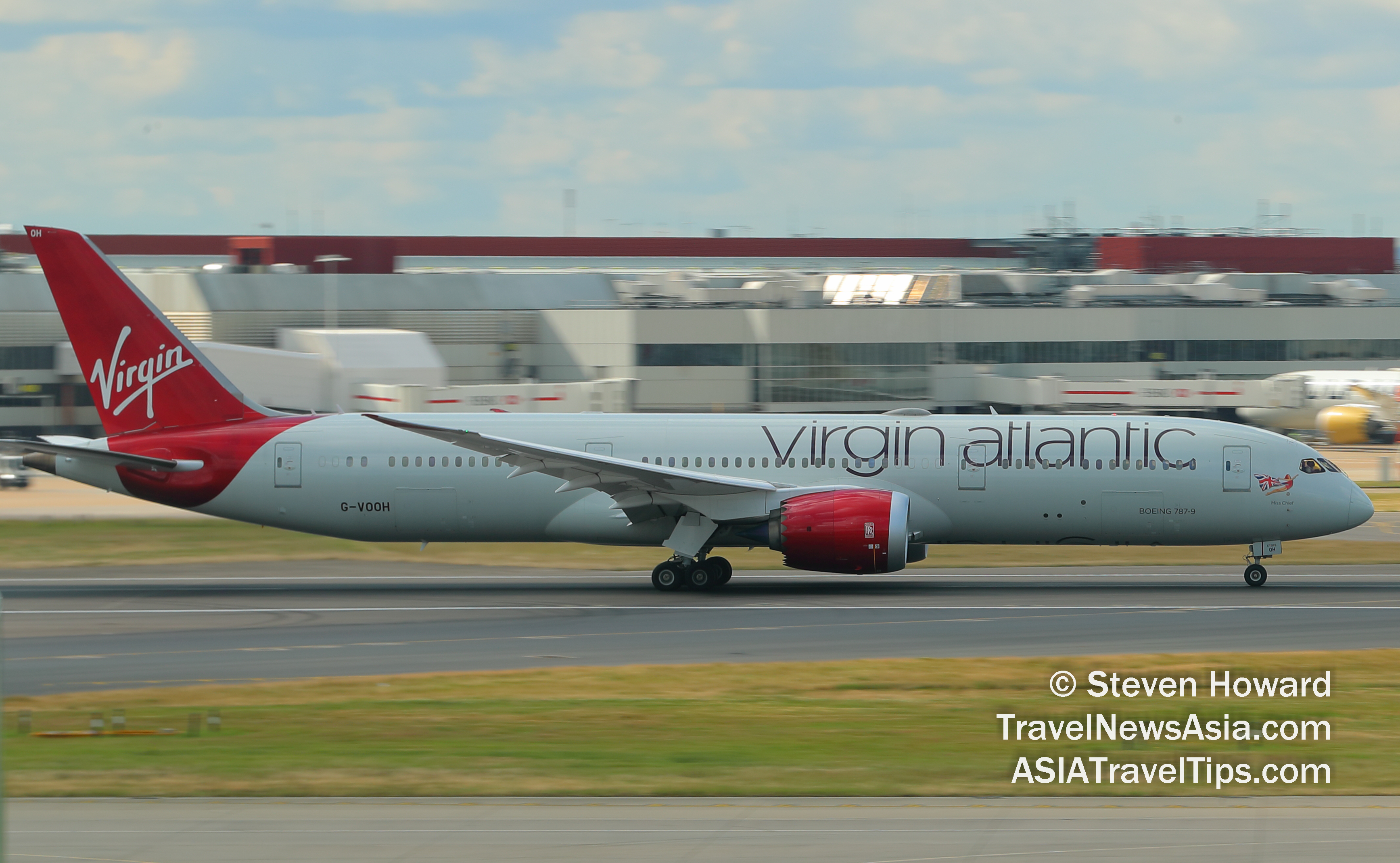|
IATA's data for July 2019 shows slowing global
passenger demand growth.
Total revenue passenger kilometers (RPKs)
rose 3.6%, compared to the same month in 2018. This was down from
5.1% annual growth recorded in June. All regions posted traffic
increases. Monthly capacity (available seat kilometers or ASKs)
increased by 3.2% and load factor rose 0.3 percentage point to
85.7%, which is a new high for any month.
�July�s performance marked a soft start to the
peak passenger demand season. Tariffs, trade wars, and uncertainty
over Brexit are contributing to a weaker demand environment than
we saw in 2018. At the same time the trend of moderate capacity
increases is helping to achieve record load factors,� said
Alexandre de Juniac, IATA�s Director General and CEO.
July international passenger demand rose 2.7%
compared to July 2018, which was a deceleration compared to the
5.3% growth recorded in June. Capacity climbed 2.4%, and load
factor edged upward 0.2 percentage point to 85.3%. All regions
reported growth, led by airlines in Latin America.

Asia-Pacific airlines� July traffic rose 2.7%
over the year-ago period, a slowdown compared to June growth of
3.9% and their weakest performance since early 2013. Capacity
increased 2.4% and load factor rose 0.2 percentage point to 82.6%.
US-China and Japan-South Korea trade tensions as well as political
tensions in Hong Kong all have weighed on business confidence.
European carriers registered a modest 3.3%
annual growth in July, down from a 5.6% year-over-year increase in
June. This is the slowest rate of growth since mid-2016.
Continuing uncertainty over Brexit and slowing German exports and
manufacturing activity contributed to a weakening in business and
consumer confidence. Capacity rose 3.2%, and load factor climbed
0.1 percentage point to 89.0%, highest among the regions.
Middle East carriers had a 1.6% increase in
demand for July, well down on the 8.3% growth recorded for June,
after the end of Ramadan. Weakness in global trade, volatile oil
prices and heightened geopolitical tensions have been negative
factors for the region. July capacity climbed 1.0% compared to a
year ago and load factor rose 0.4 percentage point to 81.3%.
North American airlines� traffic climbed 1.5%
compared to July a year ago. This was down from 3.5% growth in
June, reflecting the slowdown in the US and Canadian economies and
the trade disputes. July capacity rose 0.7% with the result that
load factor climbed 0.7 percentage point to 87.9%, second highest
among the regions.
Latin American airlines experienced a 4.1% rise
in traffic in July, which was the strongest growth among the
regions but a decline from 5.8% year-over-year growth in June. It
occurred amid continued disruption following the demise of Avianca
Brasil and more challenging business conditions in some key
regional economies. Capacity rose 2.7% and load factor climbed 1.1
percentage points to 85.6%.
African airlines� July traffic rose 3.6%, a
significant decline from 9.8% growth recorded in June, as
weakening business confidence in South Africa offset solid
economic conditions elsewhere on the continent. Capacity rose
6.1%, and load factor slipped 1.7 percentage points to 72.9%.
Domestic Passenger Markets
Domestic travel demand outperformed
international growth in July, as RPKs rose 5.2% in markets tracked
by IATA, up from 4.7% growth in June. Domestic capacity climbed
4.7%, and load factor rose 0.4 percentage point to 86.5%.
China�s domestic traffic rose 11.7% in July�an
acceleration over the 8.9% growth recorded in June and the
strongest domestic performance. Growth is benefitting from lower
fares and more connections.
Japan�s domestic traffic climbed 4.7% in July,
up from 2.6% in June. Business confidence and economic growth are
relatively positive at the moment.
�The carbon footprint of the average air journey
this year is half what it would have been in 1990. From 2020
overall net emissions will be capped. And realizing the full
potential of sustainable aviation fuels will play a major role in
our 2050 target to cut overall net emissions to half 2005 levels.
Unfortunately, with a host of environmental taxes planned or under
consideration in Europe, it seems that governments are more
interested in taxing aviation than partnering with industry to
make it sustainable,� said de Juniac.
|
Headlines: |
|
See latest
HD Video
Interviews,
Podcasts
and other
news regarding:
IATA,
Traffic,
RPKs,
ASKs.
|
